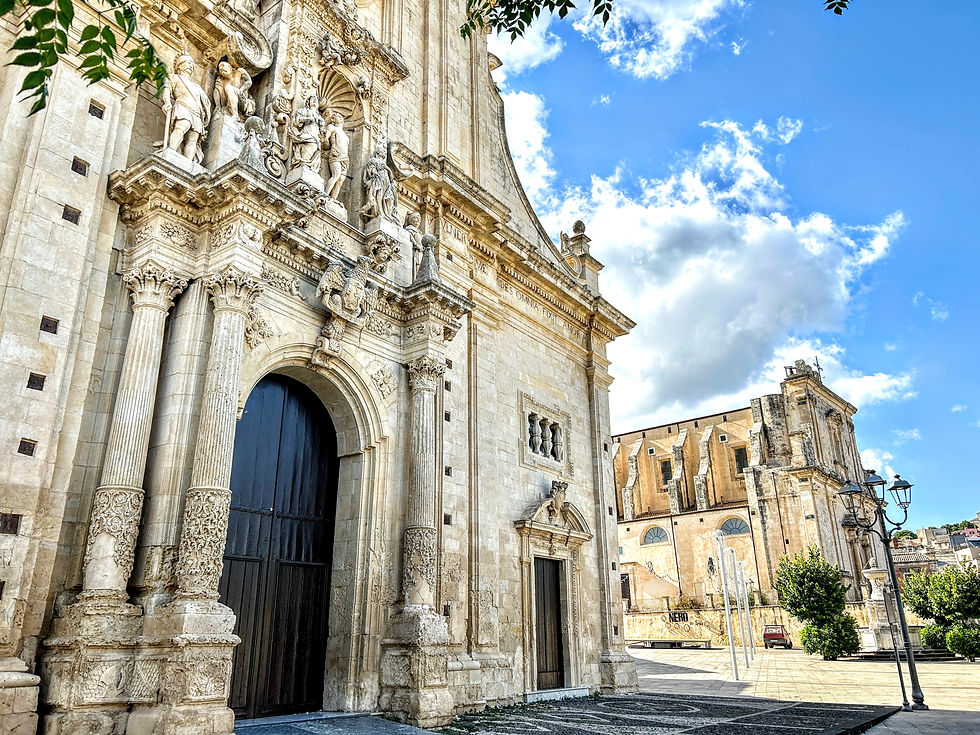Probably of Roman origin, the inhabited area is, however, documented since the years 884 and 1031. The oldest known building appears to be a Romanesque church, probably built on the remains of a pagan building; around there were only scattered houses ... #tuttitaly
In the Montone Valley, 31 km from Forlì, stands Rocca San Casciano.
A document dated 1197 mentions for the first time "Rocca Sancti Cassiani in Casatico," which suggests that a castle existed at the time. In 1315 the court was subject to Alighiero de 'Calboli. In 1382, Francesco de 'Calboli bequeathed the castle to Florence in exchange for honors and offices.
In 1923, Rocca San Casciano was aggregated with all its surroundings to the province of Forlì.
What to see
In the heart of the town, Piazza Garibaldi is recognized for its triangular shape and is surrounded by low and characteristic arcades. Here, between the 18th and 19th centuries, the silk markets took place; and still, today host virtual fairs and events.
The Clock Tower dominates the square, dating back to the 1600s. At its top, a clock marked the hours, and a bell called to gather, on special occasions, men aged 15 to 60.
The Virgin of Sorrows, an eighteenth-century terracotta statue, is kept in the niche at the front of the tower. The sword that pierces the heart of the Virgin was made in 1542.
The sixteenth-century palaces that belonged to the noble families of the town and ancient taverns overlook the square.
Palazzo Pretorio, today a private home, was in the past a place of debates and decisions.
Religious buildings
The Church of the Suffrage, built after the earthquake of 1661, is dedicated to the cult of the dead.
The Church of S. Maria delle Lacrime was built on the site of another ancient church, severely damaged by the earthquake, and then demolished. At the entrance is a baptismal font from 1450: on the upper edge, the inscription reads "VENTURA DE ABBATIBUS DE CESENA EPISCUPUS BRETINORIENSIS MCCCCL"; a rampant lion is depicted on the bottom of the basin. Probably the source came from the ancient parish church.
Madonna delle Lacrime, the most critical piece of the Church, is a bas-relief in painted terracotta, dating back to the second decade of the 16th century. The image is considered miraculous following the crying recorded on January 17, 1523: the wail, which lasted five hours and left traces on the face of the Madonna and Child for a long time, was considered a prediction of misfortunes, such as the earthquake of 1661.
The Bonfire Festival
Pagan tradition rite: since the 12th century, bonfires were lit along the banks of the Montone River to plate the waters and avoid ruinous floods.



























Comments